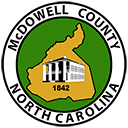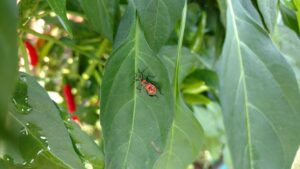Taking Photos for Disease Diagnosis & Insect Identification
go.ncsu.edu/readext?806455
en Español / em Português
El inglés es el idioma de control de esta página. En la medida en que haya algún conflicto entre la traducción al inglés y la traducción, el inglés prevalece.
Al hacer clic en el enlace de traducción se activa un servicio de traducción gratuito para convertir la página al español. Al igual que con cualquier traducción por Internet, la conversión no es sensible al contexto y puede que no traduzca el texto en su significado original. NC State Extension no garantiza la exactitud del texto traducido. Por favor, tenga en cuenta que algunas aplicaciones y/o servicios pueden no funcionar como se espera cuando se traducen.
Português
Inglês é o idioma de controle desta página. Na medida que haja algum conflito entre o texto original em Inglês e a tradução, o Inglês prevalece.
Ao clicar no link de tradução, um serviço gratuito de tradução será ativado para converter a página para o Português. Como em qualquer tradução pela internet, a conversão não é sensivel ao contexto e pode não ocorrer a tradução para o significado orginal. O serviço de Extensão da Carolina do Norte (NC State Extension) não garante a exatidão do texto traduzido. Por favor, observe que algumas funções ou serviços podem não funcionar como esperado após a tradução.
English
English is the controlling language of this page. To the extent there is any conflict between the English text and the translation, English controls.
Clicking on the translation link activates a free translation service to convert the page to Spanish. As with any Internet translation, the conversion is not context-sensitive and may not translate the text to its original meaning. NC State Extension does not guarantee the accuracy of the translated text. Please note that some applications and/or services may not function as expected when translated.
Collapse ▲ Technology today allows us to have cameras on our phones. That little device we have on our person at all times. People can easily take photos and share with others through email and texts using our phones. This technology is quite useful when one needs help identifying a disease or insect problem. You can take a photo and send it to your local Extension agent for help.
Technology today allows us to have cameras on our phones. That little device we have on our person at all times. People can easily take photos and share with others through email and texts using our phones. This technology is quite useful when one needs help identifying a disease or insect problem. You can take a photo and send it to your local Extension agent for help.
Here are a few tips in taking photos to aid in disease diagnosis and insect identification:
- To help identify a plant, document the leaf pattern (alternate or opposite), bark, flowers or fruit (if present).
- To identify an insect, look for both mature and immature forms. Close-ups of legs and antennae can be helpful. Images of the damage they may have done. Frass or casings can also be helpful with identification.
- To diagnose a problem, be sure to capture healthy parts of the plant as well as damaged parts. Include an image of the entire landscape. the entire plant, as well as close-up images of the problem area. If possible, get an image of healthy plant tissue along with damaged plant parts. If there is a problem on a leaf, take photos of both the top and the underside of the leaf.
- Take multiple shots. Closeups are extremely useful as long as they are in focus. Back out until you can get a shot in focus. Choose the sharpest to send.
- Use an object to set the scale. Examples are coins, pens, or rulers. Put the object next to insects or plant parts. This provides some idea of size.
- Provide any additional that may be useful to your Extension agent. Where did the disease symptoms start? (top, bottom, middle of the plant)
For additional information, you may refer to North Carolina Extension Gardener Handbook Chapter 7 Diagnostics.





